Introduction: Embrace the Spring Gardening Extravaganza
Spring is here, and with it comes the perfect opportunity to transform your outdoor space into a vibrant, productive vegetable garden. As the days grow longer and temperatures rise, the conditions become ideal for cultivating a diverse range of vegetables. Starting a vegetable garden in spring not only brings the joy of nurturing plants but also offers a sustainable way to enjoy fresh produce. In this blog post, we'll guide you through the essentials of planning, planting, and maintaining your spring vegetable garden. Whether you're a seasoned gardener or a beginner, Plantology is here to provide the tools and expertise to ensure a successful gardening season.
Getting Started: Planning Your Spring Vegetable Garden
A. Assessing Your Space and Environment
Before you dive into planting, it’s crucial to assess the space and environment where your garden will grow. Start by evaluating the available space and determining the ideal layout for your vegetable garden.
Determining the Size and Layout of Your Garden
The size of your garden will depend on the space you have and the variety of vegetables you wish to plant. Consider building raised beds if you're short on space, as they can maximize productivity while maintaining healthy soil conditions. For larger areas, you can experiment with traditional row planting.
Considering Sunlight Exposure
Sunlight is a critical factor in successful gardening. Most vegetables require at least six to eight hours of sunlight per day. Observe your intended garden space throughout the day to understand how sunlight moves, and select the sunniest spots for your most light-demanding crops.
B. Choosing the Right Vegetables
Spring offers a bounty of vegetables that can thrive in this season. Selecting the right types for your climate and soil conditions is crucial for a successful harvest.
Understanding Climate and Zone
Knowing your hardiness zone will help you choose vegetables that are most likely to succeed in your climate. Spring can vary greatly in temperature and weather conditions, so it's essential to tailor your choices to what's best suited for your area.
Recommendations for Popular Spring Vegetables
- Leafy Greens: Spinach, lettuce, and kale are cool-season crops that thrive in the early spring.
- Root Vegetables: Carrots, radishes, and beets prefer the mild temperatures of spring.
-
Alliums: Onions and garlic are resilient and can be planted as soon as the soil can be worked.

Preparing the Soil for Planting
A. Testing and Amending Soil
Your soil's health is the foundation of a productive garden. Start by testing your soil to understand its pH and nutrient levels. Testing kits are available at most garden stores and can provide invaluable insights.
Adjusting Soil pH
Vegetables thrive in slightly acidic to neutral soil (pH 6.0-7.0). If your soil is too acidic or alkaline, consider amendments like lime or sulfur to adjust the pH to the optimal range.
Enriching the Soil with Organic Matter
Adding organic matter such as compost or well-rotted manure can enhance soil fertility, improve structure, and promote better root growth. Aim to incorporate about two to three inches of organic matter into the top six inches of soil.
B. Tilling and Preparing Planting Beds
Once the soil is amended, it's time to prepare the planting beds. Tilling can help loosen the soil, promote drainage, and mix in organic matter more thoroughly.
Planting Techniques for a Thriving Garden
A. Sowing Seeds vs. Transplanting Seedlings
Deciding whether to sow seeds directly into the soil or transplant seedlings can impact your garden's success and timing.
Direct Sowing
Crops like carrots, radishes, and peas are best sown directly into prepared soil. Ensure the soil is moist and the temperatures are within the ideal range for germination.
Transplanting Seedlings
For plants like tomatoes and peppers, starting seeds indoors and transplanting them into the garden when conditions are warm enough can give them a head start. This method is particularly beneficial in regions with shorter growing seasons.
B. Companion Planting Strategies
Companion planting involves placing plants that benefit each other in close proximity. Understanding these relationships can enhance growth, deter pests, and maximize space.
Examples of Beneficial Pairings
- Tomatoes and Basil: Basil can repel pests like aphids and add flavor to your harvest.
- Carrots and Onions: Onions can mask the scent of carrots, deterring carrot fly.
-
Beans and Corn: Beans fix nitrogen in the soil, benefiting corn, while corn provides support for bean vines.

Caring for Your Spring Vegetable Garden
A. Watering and Irrigation
Consistent watering is crucial for healthy plant growth, especially during dry spells. Aim to provide about an inch of water per week, adjusting based on rainfall and temperature.
Watering Techniques
Drip irrigation systems or soaker hoses can deliver water directly to the plant roots, reducing evaporation and ensuring efficient water use. Early morning is the best time to water, minimizing water loss and preventing disease.
B. Mulching and Weed Control
Mulching can suppress weeds, retain soil moisture, and regulate soil temperature.
Choosing the Right Mulch
Organic mulches like straw, wood chips, or grass clippings are excellent choices. Apply a two to three-inch layer around plants, being careful not to cover stems or trunks.
C. Fertilizing and Nutrient Management
Nutrient-rich soil is vital for a productive vegetable garden. Supplementing with appropriate fertilizers can help meet plant nutritional needs throughout the growing season.
Organic vs. Chemical Fertilizers
Organic fertilizers, such as fish emulsion or compost tea, release nutrients slowly and improve soil structure. Chemical fertilizers provide quick nutrient boosts but may require more frequent applications.
Handling Pests and Diseases
A. Identifying Common Pests and Diseases
Pests and diseases can quickly undermine all your hard work. Early identification and management are key to preventing outbreaks.
Common Pests to Watch For
- Aphids: Small, sap-sucking insects that can distort leaves and stunt growth.
- Slugs and Snails: These pests feed on tender leaves, often leaving behind ragged holes.
- Powdery Mildew: A fungal disease that creates white powdery spots on leaves and stems.
B. Natural Pest Control Methods
Avoid harsh chemicals and employ natural pest control methods to manage your garden sustainably.
Introducing Beneficial Insects
Encourage beneficial insects like ladybugs and lacewings, which prey on common garden pests. Planting flowers such as marigolds and daisies can attract these helpful allies.
Utilizing Organic Sprays
Neem oil or insecticidal soap can help manage pest populations without harming the environment.
Harvesting Your Spring Vegetables
A. Knowing When to Harvest
Each type of vegetable has a specific time when it’s best to harvest for peak flavor and nutrition.
Signs of Readiness
- Leafy Greens: Harvest outer leaves when they reach the desired size. Continuous harvesting can encourage new growth.
- Root Vegetables: Check maturity by gently pulling a few to assess size.
- Tomatoes: Pick when they reach full color and give slightly to pressure.
B. Storing and Preserving Your Harvest
Proper storage techniques can extend the life of your produce and allow you to enjoy your bounty long after the harvesting season ends.
General Storage Tips
Root vegetables store well in cool, dark places. Leafy greens should be cleaned, dried, and refrigerated. Consider preserving excess through canning, freezing, or drying.
Enhancing Your Garden with Plantology
A. Explore Our Wide Range of Plant Products
At Plantology, we're committed to helping you create a thriving garden. Explore our extensive selection of plant offerings to elevate your outdoor oasis. Discover the beauty and benefits of ornamental plants like the Adonidia Palm Double, the Agapanthus Lily of the Nile Blue, and more.
B. Quality and Expertise You Can Trust
Our team of horticulturists is passionate about bringing you the highest quality plants and unparalleled gardening advice. Visit our website at Plantology to explore more and subscribe to our newsletter for tips, exclusive offers, and updates.
Conclusion: Cultivating Success in Your Spring Vegetable Garden
Spring vegetable gardening is a rewarding endeavor that brings both beauty and bountiful harvests to your home. With careful planning, thoughtful selection, and diligent care, your garden can thrive all season long. Whether you’re growing your first tomato plant or expanding a seasoned plot, Plantology is here to support your journey with the plants, knowledge, and tools you need for success. Visit our product pages to enhance your garden today with options like the stunning Alexander Palm. Happy gardening!
Tips for an Eco-Friendly Spring Vegetable Garden
A. Sustainable Gardening Practices
Creating a vegetable garden doesn't just benefit your kitchen; it can also contribute positively to the environment. By adopting sustainable gardening practices, you can minimize waste, conserve resources, and create a habitat for beneficial wildlife.
Compost and Recycle
Utilizing a compost system not only reduces kitchen and garden waste but also provides rich, natural fertilizer for your plants. Composting involves layering organic materials such as vegetable peels, coffee grounds, and eggshells, which decompose into nutrient-rich humus. Avoid composting meat, dairy, and diseased plants. The nutrient-dense compost you produce will enhance your soil's fertility, promote healthy plant growth, and return valuable nutrients to the earth.
Water Conservation Strategies
Implementing water-saving strategies is vital for an environmentally-friendly garden. Beyond installing drip irrigation systems, consider collecting rainwater by using barrels connected to your gutter system. Water your garden during cooler parts of the day—early morning or late afternoon—to reduce evaporation losses. Group plants with similar water needs together to optimize moisture use.
B. Biodiversity and Native Plants
Encouraging biodiversity in your garden is crucial for maintaining a healthy ecosystem and controlling pests naturally. Planting a variety of species can attract different beneficial insects and promote resilience against plant-specific diseases.
Benefits of Native Plants
Incorporate native plants into your garden; they are adapted to your local climate and soil conditions and require less water and fewer inputs. Native plants also support native pollinators and beneficial insects, which in turn can help control pest populations.
Creating Habitats for Pollinators
Attracting bees, butterflies, and birds can improve pollination and increase your garden's yield. Consider growing a mix of flowers and herbs such as lavender, borage, and sunflowers to provide nectar and pollen sources. Avoid using pesticides, as these can harm pollinators and disrupt the natural ecosystem.
Advanced Techniques for Garden Enthusiasts
A. Vertical Gardening
Vertical gardening is an innovative approach that can increase your growing space and add aesthetic value. This technique is especially beneficial for those with limited horizontal space.
Structures for Vertical Growth
You can employ trellises, arbors, or garden walls to encourage plants like peas, beans, cucumbers, and even tomatoes to grow upwards. This not only saves space but also improves air circulation around the plants, reducing disease risk.
Living Walls and Green Towers
Consider installing living walls or green towers that can host a variety of small plants and herbs. Systems like hydroponic towers are also gaining popularity as they allow for growing a high volume of plants in a compact space with minimal soil.
B. Crop Rotation and Soil Health
Rotating crops is an ancient practice that remains crucial for maintaining soil health and preventing disease build-up.
The Basics of Crop Rotation
Crops should be rotated each season to different areas of your garden, ideally with a 3 to 4-year cycle. This prevents soil depletion of certain nutrients and reduces the prevalence of pests and diseases that might affect a particular plant family.
The Role of Cover Crops
Cover crops like clover or rye can be planted in off-seasons to improve soil structure and fertility. They suppress weeds, reduce erosion, and add organic matter to the soil when tilled under at the right time.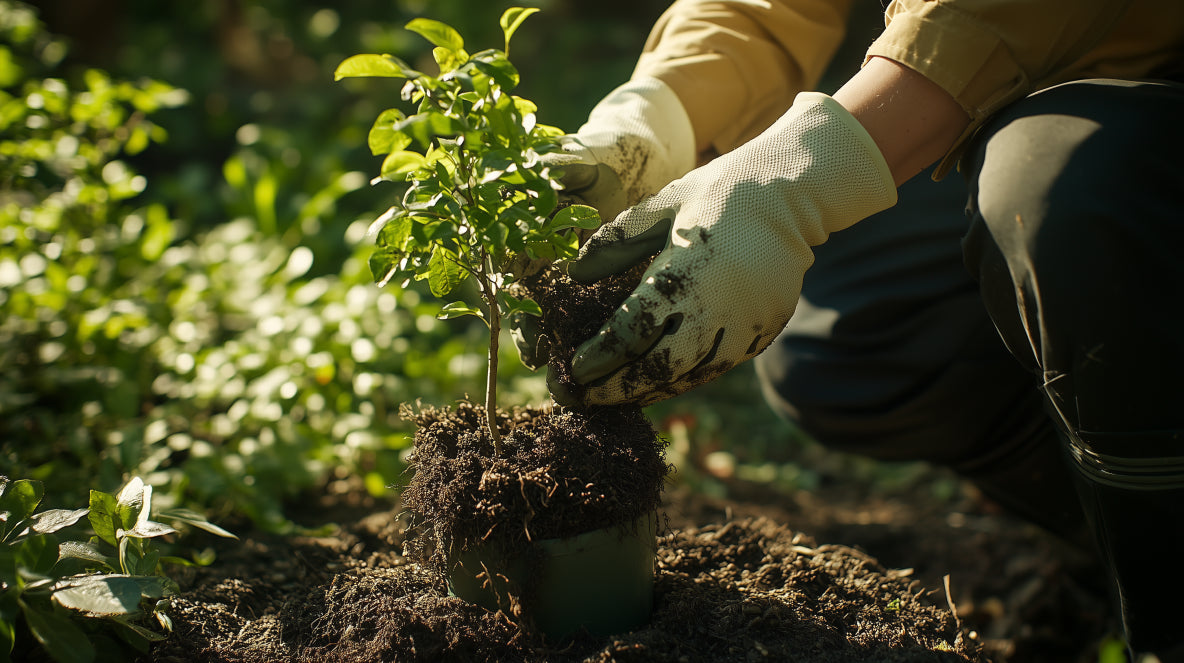
Engaging the Community
A. Sharing the Harvest
A productive vegetable garden often yields more produce than one household can consume. Sharing your bounty with neighbors or local food banks helps foster community connections and support food security initiatives.
Community Markets and Swaps
Consider starting or joining a community produce swap or market where gardeners can exchange surplus harvests. This not only reduces waste but introduces variety to what each participant brings home. Market days can also be educational events where gardeners share tips and strategies for successful growing.
Garden Tours and Workshops
Organizing garden tours or workshops can provide a platform for knowledge exchange, inspire others to start gardening, and showcase successful examples of vegetable gardening techniques, sustainable practices, and innovative solutions.
B. Engaging with Local Gardening Groups
Participating in gardening clubs or local horticultural societies can enhance your skills and introduce you to a network of fellow gardening enthusiasts.
Collaboration and Resource Sharing
Many groups offer seed libraries, tool-sharing programs, and educational resources that can alleviate some of the costs and challenges associated with gardening on your own. Collaborating with others can also foster friendships and a deeper appreciation for the community's green spaces.
Volunteering in Community Gardens
Volunteering at a community garden can be a fulfilling way to engage with the community, learn from experienced gardeners, and contribute to local food systems.
Reflecting on Your Gardening Season
A. Evaluating Successes and Challenges
At the end of the growing season, it's useful to reflect on what went well and what could be improved. This evaluation can guide your plans for the following year.
Keeping a Gardening Journal
Document your garden's progress, noting planting dates, weather conditions, pest problems, and harvest times. Over time, this record will become an invaluable resource for understanding patterns and making informed decisions.
Learning from Challenges
Every gardening season brings unique challenges, whether they're weather-related, pest infestations, or crop failures. Use these experiences as learning opportunities to adapt your strategies and enhance future endeavors.
B. Planning for the Future
Now is the perfect time to start planning for next year's garden. Consider what new techniques you'd like to try, which new vegetable varieties to plant, and how you might reorganize your garden space for even better results.
Setting Goals and Innovations
Define what success looks like for your next gardening year. Perhaps it's trying new vertical gardening methods, expanding your variety of crops, or getting certified in organic gardening practices. Set realistic goals and plan out steps to achieve them.
Adapting to Climate Changes
As climate conditions continue to shift, gardeners need to stay informed and adaptive. Research plants known for their resilience to extreme temperatures, and design your garden to handle changes in weather patterns effectively.
Final Thoughts and Encouragement
Embracing spring vegetable gardening not only enhances your home landscape but also enriches your life with healthier food options and a sustainable lifestyle. Whether you've encountered challenges or celebrated bumper crops, each season is a chance to learn and grow as a gardener. Continue exploring new ideas, and let your garden be a reflection of your passion and commitment to the environment. Remember that the community and resources available through Plantology are here to support you every step of the way. We wish you great success and joy in your gardening endeavors, wherever they may take you in the seasons to come. Happy gardening!




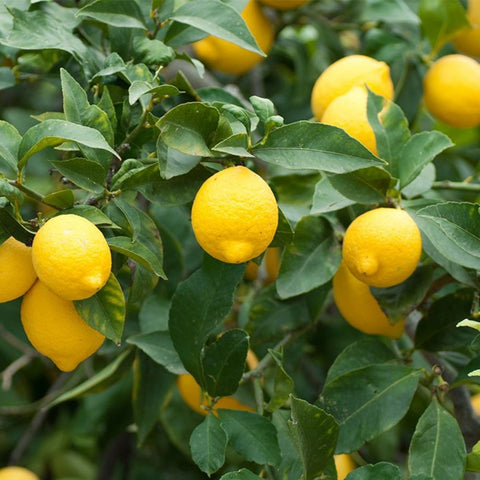

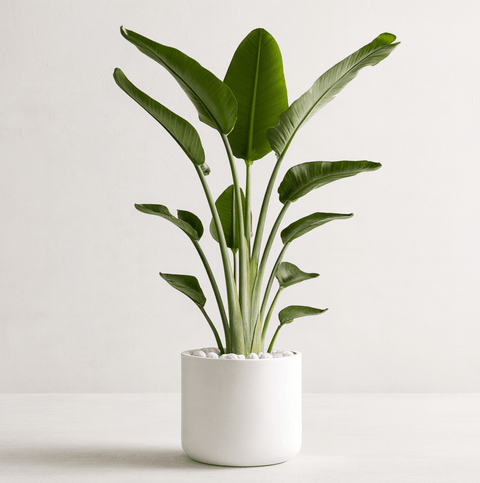

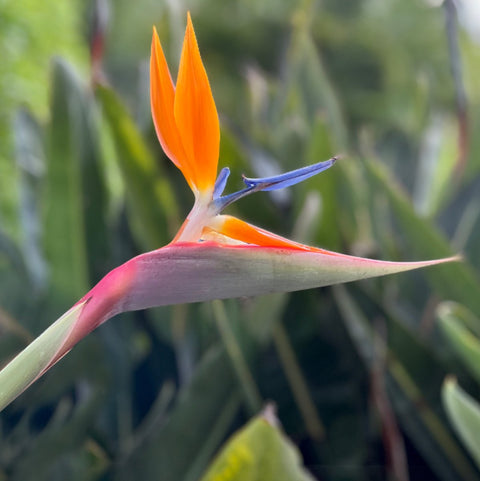

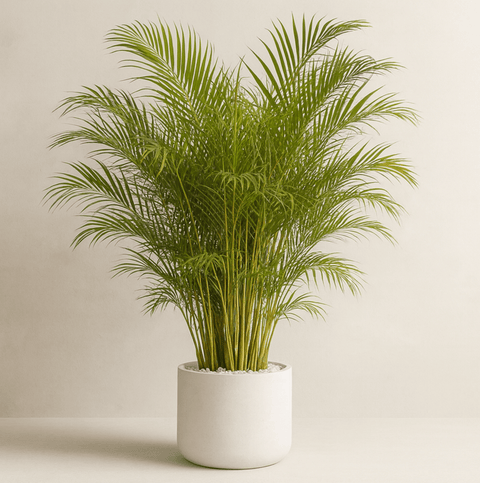






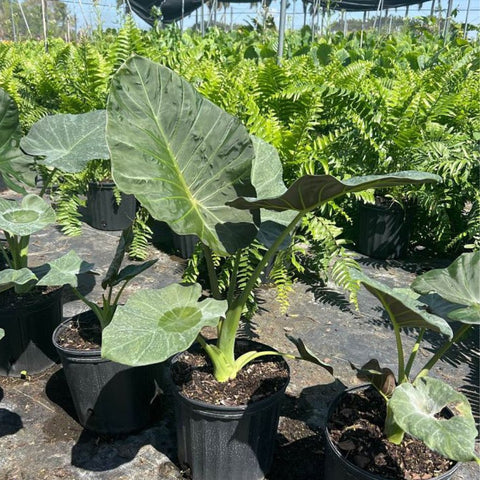





Comments (0)
There are no comments for this article. Be the first one to leave a message!